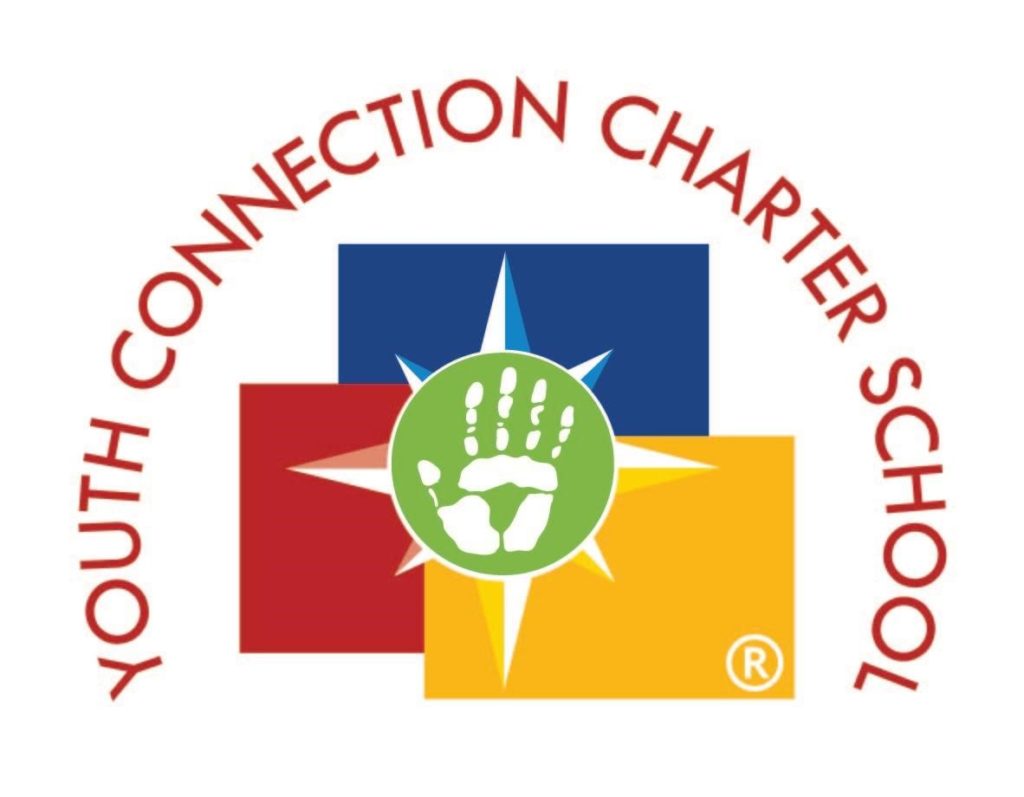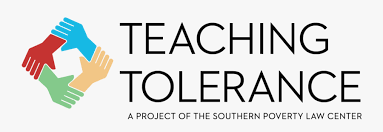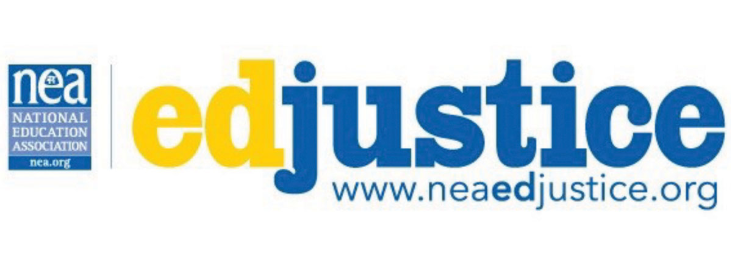In the past few months we have all been faced with unprecedented challenges; a devastating pandemic, social isolation, economic hardship, increased mental health concerns, and now racially charged social unrest. As educators we are often tasked with inherent responsibilities that extend beyond the classroom. We are our students’ counselors, mentors, surrogate parent(s), and sounding board, all in addition to being their teacher. It is because of the many roles we play in our students’ lives that we must find a way to help them navigate these recent events in a way that is proactive and addresses their collective and individual trauma.
How do we tackle such a complicated issue? How do we provide support for our students while trying to articulate our own feelings about the same issues?
There is no clear solution to any of the questions the events of 2020 have brought up. However, the following resources may help guide difficult discussions and offer suggestions for how students (and educators) can channel their emotions into positive outlets.
Self-Reflection
Often we are not aware of the extent to which our bias influences our actions. In college, teachers are taught to remain neutral when addressing controversial subjects with their students. As educators, we have undue influence over our students and have to take care that we teach them HOW to think not WHAT to think. It is because of this that understanding our own hidden bias is essential when dealing with the topic of race.
Harvard University has developed a series of tests, The Implicit Association Test (IAT), that measure attitudes and beliefs. These tests help to identify those areas that the participant may be unable to or unwilling to report out. Click here to test your hidden bias.
People don’t always say what’s on their minds. One reason is that they are unwilling. For example, someone might report smoking a pack of cigarettes per day because they are embarrassed to admit that they smoke two. Another reason is that they are unable. A smoker might truly believe that she smokes a pack a day, or might not keep track at all. The difference between being unwilling and unable is the difference between purposely hiding something from someone and unknowingly hiding something from yourself.
Project Implicit, 2011
Plan of Action
After receiving the results of the Hidden Bias test, a plan can be made for how to facilitate dialogue and how students can demonstrate their understanding/stance of the events that are taking place. How the plan is executed depends, in part, on the finding of the IAT. Level of comfort, student-teacher report, and student ability level will need to be considered as well.
The following resources can help facilitate conversations about race and policing while providing additional context and content in the form of art, film, literature, music, and primary sources.



